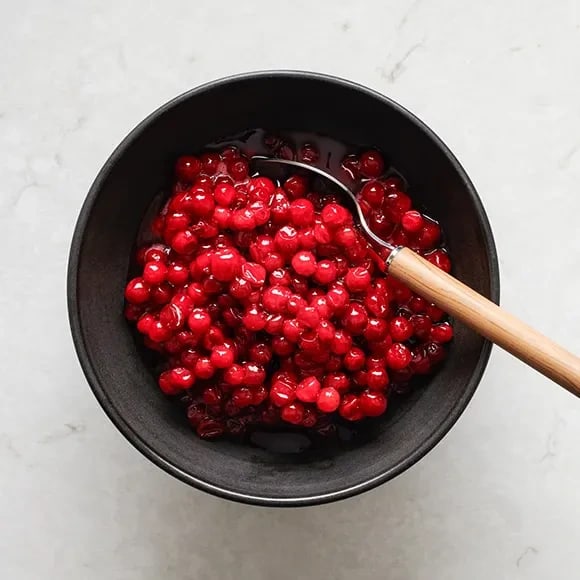

The US, Canada, and Chili are the top producing countries in the world for cranberries. It grows horizontally, stretching up to 7 feet (2 meters).īoth plants like cold weather but the cranberry likes it a bit warmer. It’s even shorter 2-8 inches tall (5-20 cm). Unlike the lingonberry plant which is a small shrub, the cranberry plant is better described as a low creeping vine. Both are in the Vaccinium plant genus, but cranberries fall within the Oxycoccus subgenus. The lingonberry is similar to cranberry in taste and color, but the two are related only loosely in the botanical sense. While comparable in taste and color, their differences are many. There’s 6g (1.5 teaspoons) per 1 tablespoon (3 teaspoons) serving. Sugar is number two on Ikea’s ingredients list. It may be healthier than grape, raspberry, and strawberry jam/jelly due to the higher antioxidant content, but it’s still loaded with added sugar. However, don’t fool yourself into thinking it’s something you should eat in excess. Most of the antioxidants in this fruit hold up surprisingly well with heat processing, so the jam remains a rich source. “Sylt Lingon” is the name for Ikea lingonberry preserves. The added sugar may not be healthy, but it does make them universally palatable.
#Sylt lingon skin
When raw, their skin is crisp and their flesh is juicy.īecause they have a tart flavor, the most popular way to eat them is in the form of lingonberry jam. Lingonberries don’t have seeds that are large and noticeable, which makes for a more consistent texture. The taste of fresh or raw lingonberry is sour or tart, with only a hint of sweetness. Others include mountain cranberry, partridgeberry (in Newfoundland), redberry (in Quebec), foxberry, quailberry, red whortleberry, and over a dozen other synonyms which all refer to the same thing. Lingonberry and cowberry are the two most common names. ( 1)īecause wild lingonberries thrive throughout the forests of Sweden, their popularity there compares to that of raspberries and strawberries in the US. However, they’re a very rare sighting in the continental states, where they are classified as an endangered species. Aside from Alaska, it can be found in Michigan, Wisconsin, and Minnesota.

The United States is included in the lingonberry’s native growing range. Reaching only 18″ in height, this small evergreen shrub produces bright round red berries which look similar to cranberries, but they’re much smaller – a diameter of just ¼ to ½ inch (6 to 13 mm). The lingonberry plant ( Vaccinium vitis-idaea) is native to the boreal forests of Norway, Sweden, Finland, Canada, Russia, and the rest of the Arctic tundra climate throughout the Northern Hemisphere. Otherwise, you may have to buy a plane ticket to try them! Where do they grow? For dessert, the Norwegian trollkrem (mousse) is popular among all the Nordic countries.īack here in the United States, if you’re willing to spend the money, you can buy frozen wild lingonberries from Northwest Wild Foods on Amazon. The latter uses lingonberry butter, which is basically the jam mixed with melted butter.

For breakfast, it’s spread on toast and flapjacks. Chicken and salmon will often get a side of the jam, too. Köttbullar (pronouced ‘shirt-bullar’) is the classic Swedish meatball meal, served with mashed potatoes and lingonberry jam. How Swedes eat lingonberries is year-round and they’re used in all sorts of recipes. They’re far more common than cranberries, which are hard to come by there. If you live in the Nordic countries, you’ll be able to buy them at your local supermarket. The sugar-laden jams and jarred preserves are something you might encounter at a physical grocery store… maybe. Swedish furniture mart aside, finding where to buy lingonberry – whether it’s the jam, preserves, sauce, juice, or fresh fruit – is a challenge. If you’re an American, you might encounter this superfood in only one form… Ikea lingonberry jam! Macular degeneration and eye health support Potential remedy for urinary tract infections More antioxidants than blueberries and cranberries


 0 kommentar(er)
0 kommentar(er)
